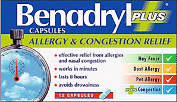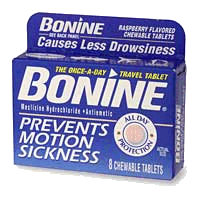Anti-histamines
In the strictest sense, anti-histamines are H1 histamine receptor antagonists. This means they block histamine from reacting with the H1-receptors, countering the effects of Histadelia that would normally result from H1 receptor stimulation. Thus, anti-histamines are often prescribed to relieve the symptoms of hayfever, rashes, and allergies. Examples of these type of anti-histamines are:
| Name | Tradenames / Uses | Structure | 3D Chime |
|---|---|---|---|
Diphenhydramine
|
Benadryl, Dimederol, Nytol Used to treat colds and flu, and as a sleeping pill. |
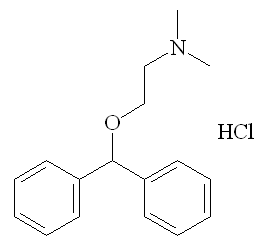 |
|
Loratadine
|
Claritin, Claritin-D, Claritine, Clarityn, Clarityne, Fristamin, Lomilan, Symphoral, Roletra, Rinolan, AllergyX, Alavert or Clarinase Used to treat allergies. |
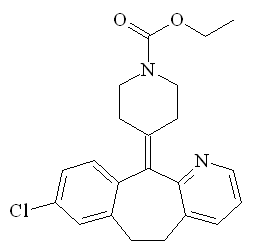 |
|
Meclizine
|
Bonine, Antivert Used to prevent motion sickness, vertigo and nausea. |
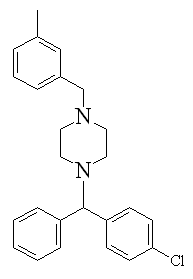 |
|
Quetiapine
|
Seroquel, Ketipinor Used to treat psychosis, schizophrenia, and acute manic episodes associated with bipolar disorder. |
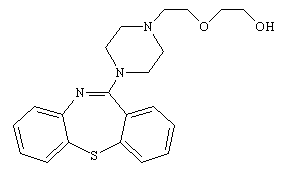 |
It is now possible to get other histamine receptor antagonists. For example, a number of H2 blockers are available which are used to reduce stomach acid, or in the teatment of stomach ulcers. These include: Cimetidine (Tagamet), Famotidine (Pepcidine, Pepcid), and Ranitidine (Zinetac, Zantac). H3 blockers are used to make people more awake, by allowing more histamine to be produced, therefore triggering more H1 receptors.



